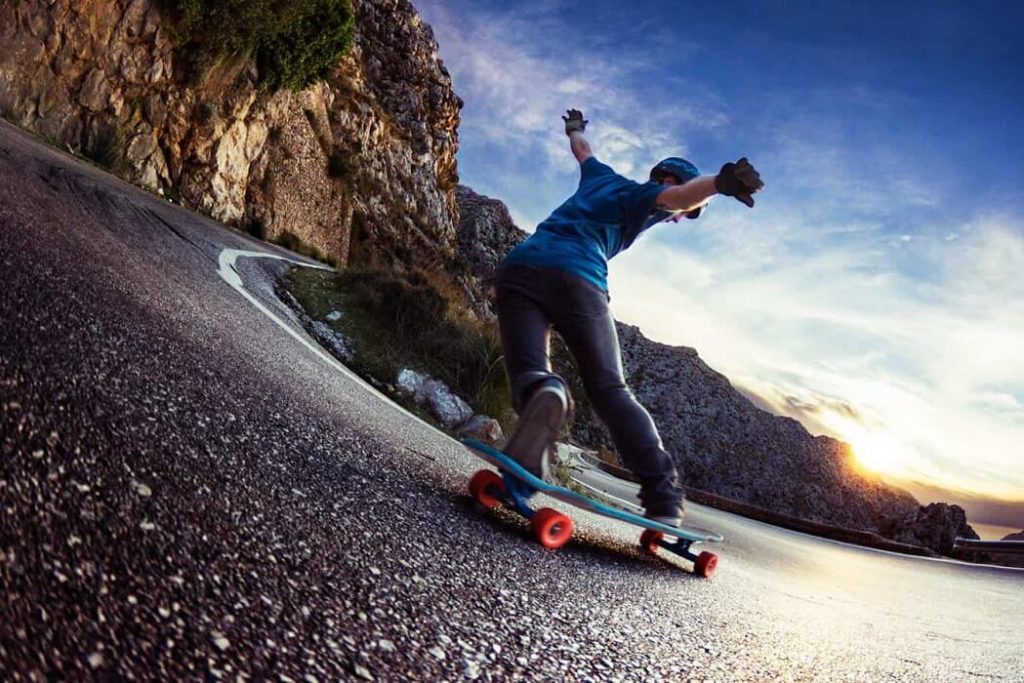Longboarding is an exhilarating sport that combines the thrill of speed with the freedom of cruising. Whether you’re a seasoned rider or just starting, mastering the art of stopping on a longboard is essential for both safety and control. In this guide, we’ll explore various techniques to help you stop confidently and effectively on your longboard.
How To Stop a Longboard
The Foot Brake
The foot brake is one of the fundamental stopping techniques for longboarders. Here’s how to do it:
- Start by shifting your weight towards your back foot, bringing your front foot slightly behind your front truck.
- Gradually lower your pushing foot until it gently drags on the pavement, creating friction.
- Apply steady and controlled pressure to slow down or come to a complete stop.
Remember, practice is key to mastering the foot brake. Start at lower speeds and gradually work your way up to more challenging situations.
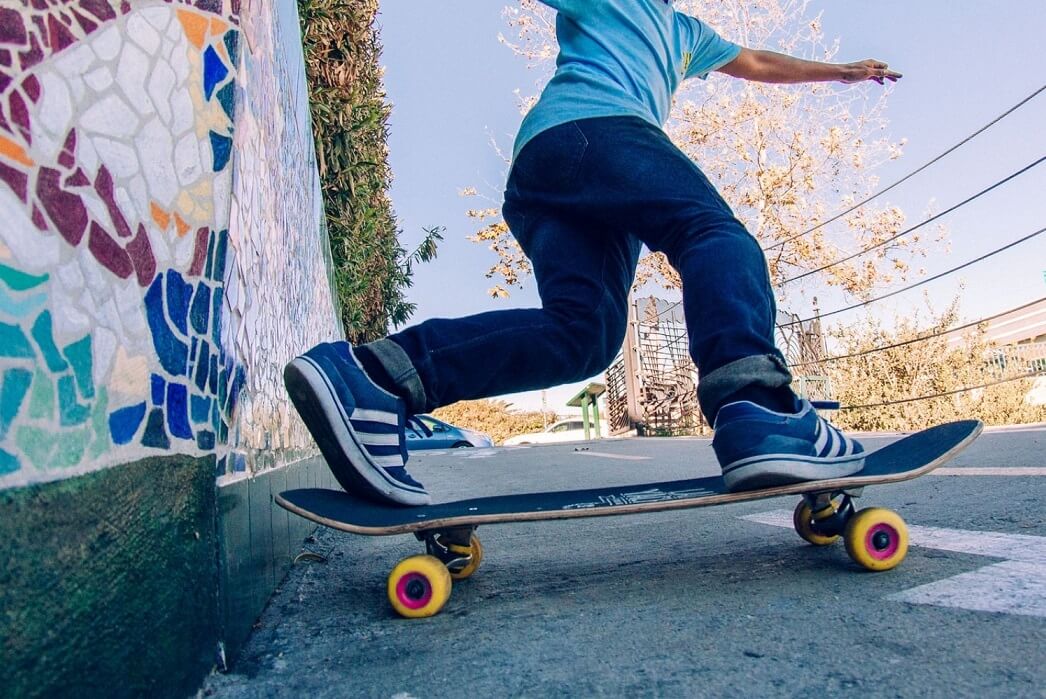
The Coleman Slide
The Coleman Slide is a stylish and efficient stopping method, particularly useful when going downhill at higher speeds. Follow these steps:
- Begin by carving a little to build momentum.
- Shift your weight toward the front of the board and crouch down slightly.
- Kick out your back leg, initiating a controlled slide.
- Keep your hands close to the ground for balance and control.
- Gradually release the slide and transition into a stop.
The Coleman Slide requires some practice, but once mastered, it’s a reliable technique for downhill riders.
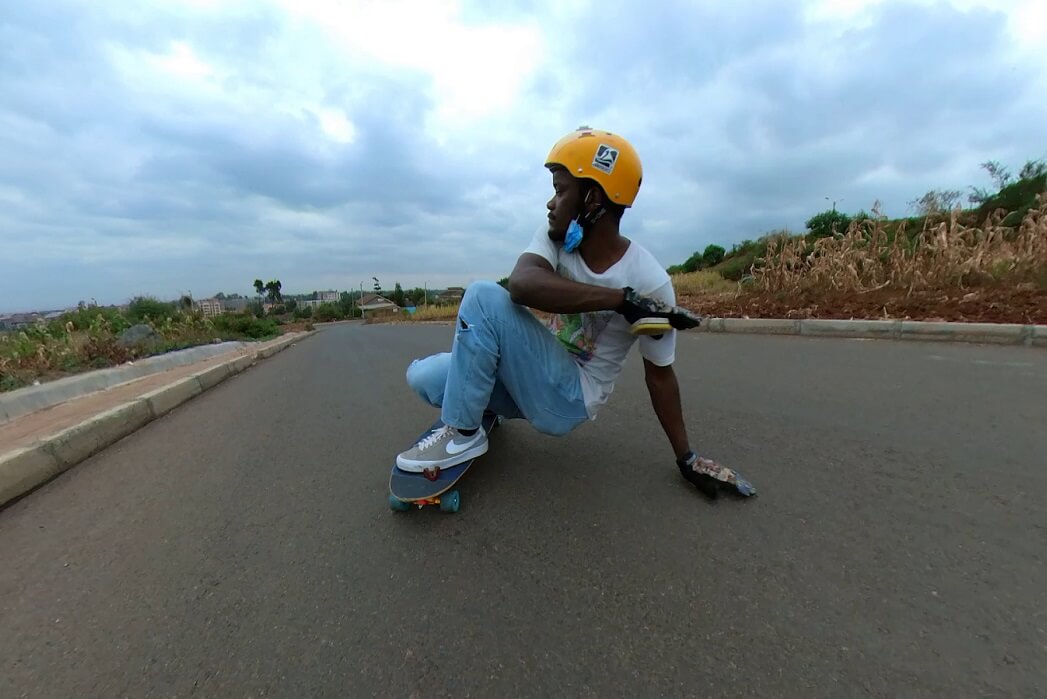
The Shutdown Slide
The Shutdown Slide is an advanced technique that offers quick deceleration and stopping power. Here’s how to execute it:
- Start with a slight carve to build speed.
- Shift your weight towards the front foot while simultaneously applying pressure to the back of the board.
- Kick out your back leg, initiating a slide.
- Use your body and arm position to control the slide and come to a stop.
This technique requires advanced sliding skills and a good understanding of weight distribution. Practice on flat ground before attempting it on steeper terrain.
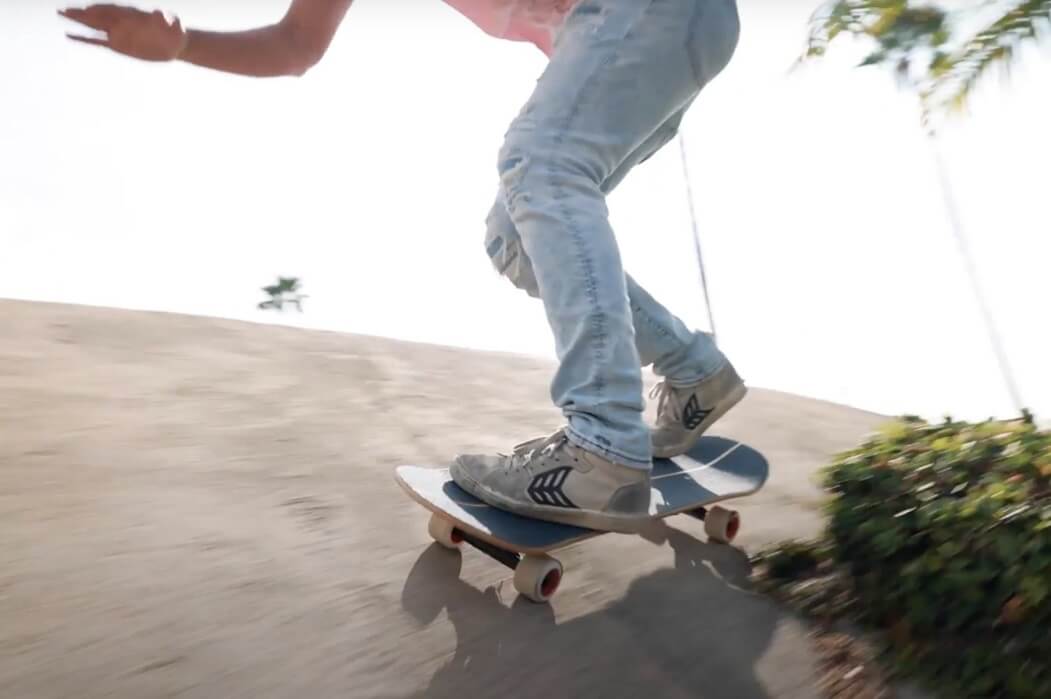
Sliding Gloves
Investing in sliding gloves can significantly enhance your ability to stop on a longboard. These specialized gloves feature durable pucks on the palms, allowing you to slide your hands on the pavement for controlled braking.
To use sliding gloves:
- Slide your hand with the puck on the pavement to create friction.
- Shift your weight slightly backward to maintain balance.
- Gradually increase the pressure to control your speed and stop safely.
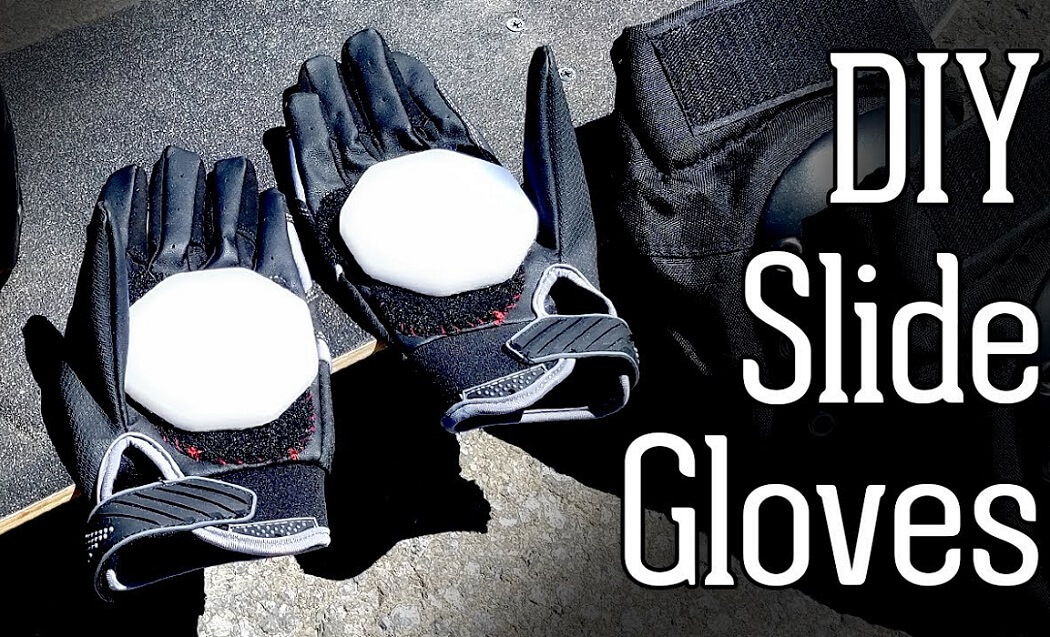
T-Stop
The T-stop is a straightforward and efficient method for slowing down and coming to a halt:
- Shift your weight to your front foot.
- Drag your back foot perpendicular to the longboard, creating friction with the pavement.
- Gradually increase the pressure on your back foot to slow down or stop.
Practice this technique on level ground before attempting it on slopes or hills.
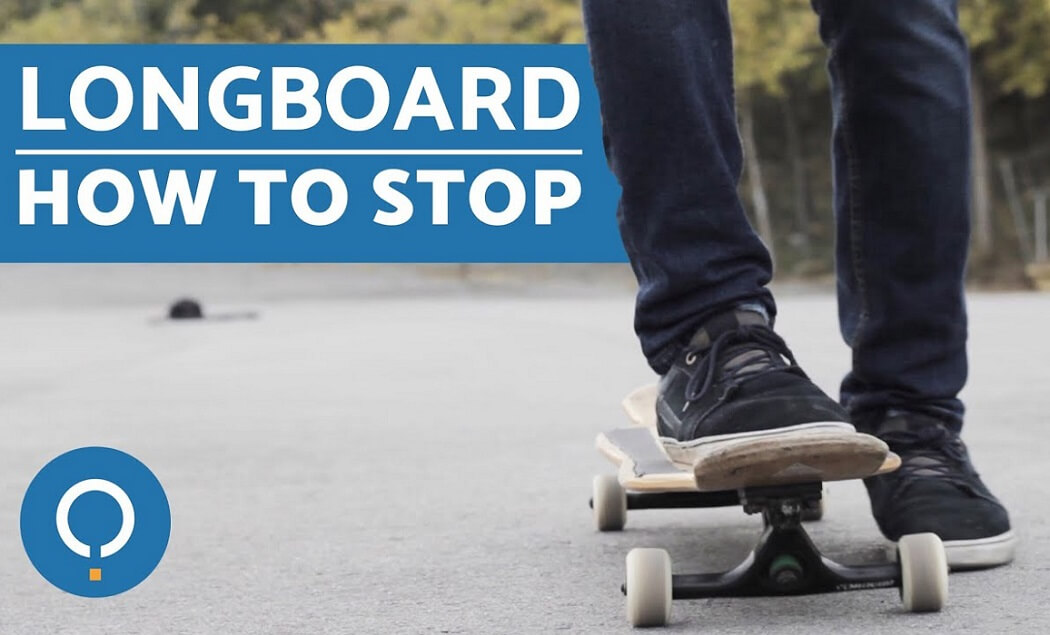
Conclusion
Stopping on an electric longboard is a vital skill that every rider should master. Whether you prefer the simplicity of the foot brake or the finesse of advanced sliding techniques, practice, and patience are essential. Always wear protective gear, including a helmet and pads, to ensure your safety while perfecting these stopping methods. With dedication and time, you’ll become a confident and skilled longboarder who can stop with ease in any situation.
How to Stop on a Longboard: Tricks and Tips Video
FAQ
Q: What's the most basic technique for stopping on a longboard?
A: The most basic technique for stopping on a longboard is the foot brake, where you gently drag your pushing foot on the pavement to create friction and slow down.
Q: Is the foot brake suitable for all types of longboarding situations?
A: The foot brake is a versatile technique and can be used in most longboarding situations, but it’s most effective at lower speeds and on flatter terrain.
Q: What's the difference between a Coleman Slide and a Shutdown Slide?
A: Both the Coleman Slide and the Shutdown Slide are sliding techniques for stopping on a longboard. The main difference is in the execution: the Coleman Slide is initiated by kicking out your back leg, while the Shutdown Slide involves shifting your weight and applying pressure to the back of the board.
Q: Are sliding gloves necessary for longboarding, or can I use other gloves for the same purpose?
A: Sliding gloves are designed with durable pucks on the palms, making them the best choice for controlled braking. While you can use other gloves, they may not provide the same level of control and durability.
Q: How do I know when it's time to replace the sliding pucks on my sliding gloves?
A: You should replace the sliding pucks on your sliding gloves when you notice significant wear or when they become too smooth to provide sufficient friction for sliding.
Q: Are there any safety precautions I should take when practicing longboard braking techniques?
A: Safety is paramount. Always wear a helmet and appropriate protective gear, such as knee and elbow pads, when practicing longboard braking techniques. It’s also essential to choose a suitable practice location, preferably one with smooth pavement and minimal traffic.
Q: Can I practice longboard braking techniques on hills or slopes?
A: While it’s possible to practice on hills or slopes, it’s safer to start on level ground and gradually progress to steeper terrain as you gain confidence and skill. Hills or slopes can significantly increase your speed, making it more challenging to control your stopping technique.
Q: Are there any recommended drills or exercises to improve longboard braking skills?
A: Yes, practicing controlled slides in an open area, learning to balance your weight properly, and perfecting quick transitions between different braking techniques are valuable drills for improving your longboard braking skills.
Q: What should I do if my longboard's wheels are too worn down for effective braking?
A: If your longboard’s wheels are too worn down, consider replacing them with fresh wheels that provide better traction and control for braking.
Q: Are there any advanced braking techniques for experienced longboarders?
A: Yes, advanced longboarders may explore techniques like the pendulum slide, pre-drifts, or stand-up slides for more precise and stylish stopping methods. However, these techniques require a high level of skill and practice.
